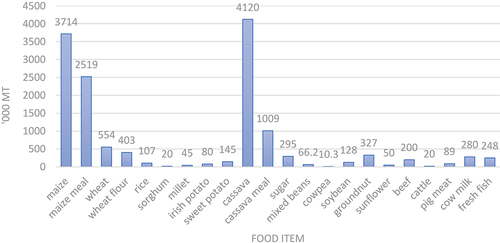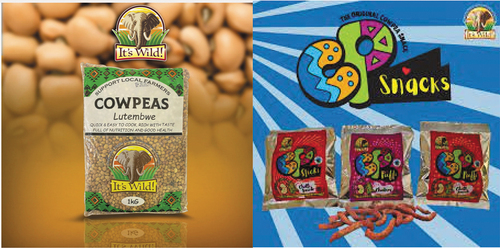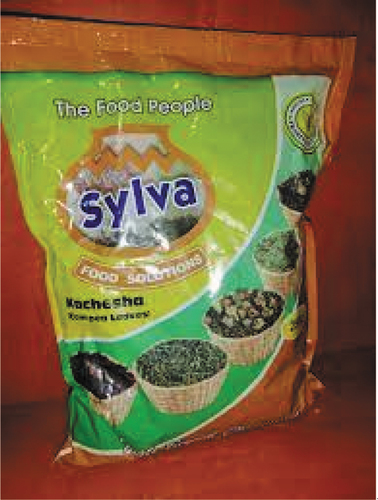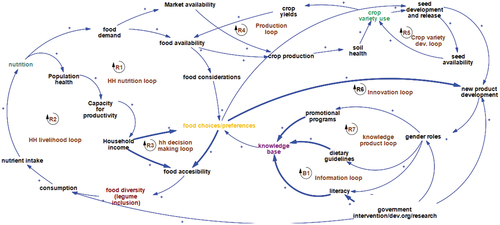Figures & data
Table 1. Cowpea varieties released in Zambia
Table 2. Characteristic traits of the seven released varieties in Zambia
Figure 2. Area cultivated (1,000 hectares) and production of major crops (1,000 metric tonnes), 2017/2018 and 2018/2019.
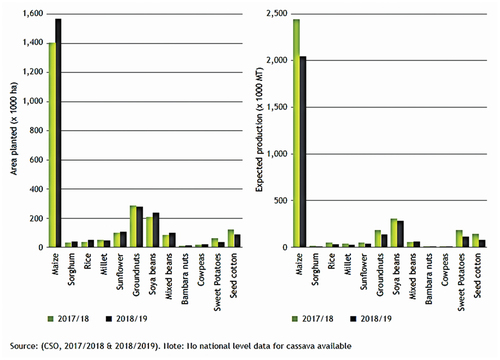
Table 3. Nutrition food balance sheet food items in Zambia
Table 4. Farmer identified constraints in cowpea production


